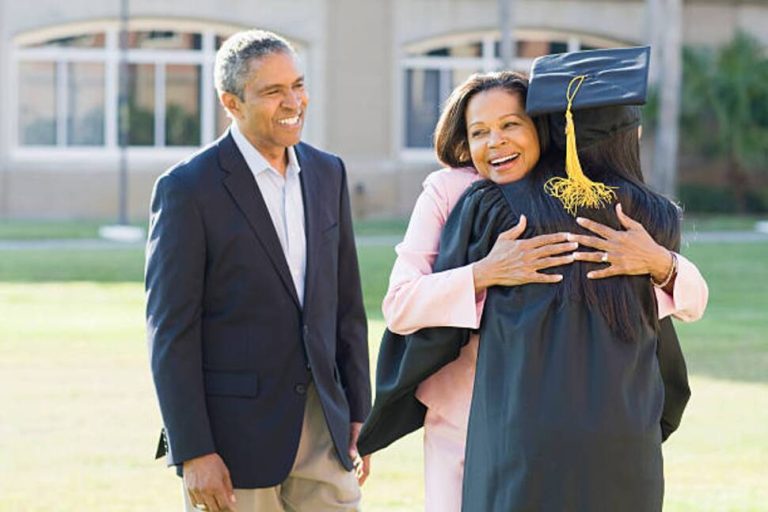The global landscape of Afro hair restoration has changed dramatically in recent years. What used to be a niche procedure available only in a handful of specialized clinics is now a sought-after solution across major medical tourism destinations. Yet behind this rising demand lies a simple truth: the price Afro patients pay varies enormously from country to country.
Unlike straight or wavy hair, Afro-textured hair requires a higher level of surgical precision. Curved, coiled follicles take longer to extract; melanin-rich skin needs gentler handling; and manual FUE, often the safest method for Afro follicles, requires more time and technical control than motorized extraction. These factors raise the baseline cost in most parts of the world.
However, geographic differences in healthcare economics mean that Afro patients face a pricing spectrum so wide that two people getting the same number of grafts in two different countries can pay prices that differ by tens of thousands of dollars. Understanding this global cost divide has become essential for patients planning their restoration journey.
The Hidden Economics Behind Afro Hair Transplant Pricing
The cost of an Afro hair transplant is shaped by more than just the number of grafts. Countries calculate prices differently, some charge per graft, others offer flat packages, and some add separate fees for consultations, medications, follow-ups, or anesthesia. Afro-specific procedures frequently come with an added premium because surgeons must work more slowly and carefully to follow the curved path of each follicle.
In the United States, for example, a 2,500-graft Afro FUE session can easily reach $10,000–$25,000, with many clinics charging $6–$10 per graft for textured hair alone. High labor costs, longer surgery duration, and the scarcity of ethnic-hair specialists push prices even higher. Patients often pay additional charges for pre-operative consultations, post-operative visits, and medications, costs that can raise the total by 20–50%.
The United Kingdom and Germany mirror these trends, where Afro-specific transplants often cost between $7,000–$15,000, sometimes higher for surgeons experienced with coiled follicles. Even within Europe, fees can fluctuate widely depending on surgeon reputation and the availability of Afro-hair expertise.
Elsewhere, in countries like Canada and Australia, patients encounter some of the highest fees in the world, often $13,000–$17,500, with limited clinics offering Afro-specialized care. This scarcity increases demand and drives prices up further.
Afro Hair Transplant Turkey Cost: Why Turkey Dominates the Global Market
In sharp contrast to Western pricing models, Afro hair transplant Turkey cost has emerged as the most affordable worldwide without sacrificing expertise. For many Afro patients, Turkey offers prices that are so competitive that even after flights, hotels, and personal expenses, they still save thousands compared with a transplant performed at home.
A typical Afro FUE or Sapphire FUE procedure in Turkey ranges from $2,676 to $5,000 for roughly 2,500 grafts. But real patient invoices, especially from 2024–2025, often fall between $2,200 and $3,300 for 2,500–4,000 grafts. Unlike Western clinics that charge per graft and apply premiums for Afro hair, Turkey relies on flat-rate pricing that absorbs the additional labor and time required for coiled follicles.
The country’s ability to offer lower prices stems from several factors:
- A medical tourism ecosystem refined over years
- More than 500 competitive clinics in Istanbul alone
- Lower operational and labor costs
- Government incentives that support international patient services
- All-inclusive packages that eliminate hidden fees
Patients often receive 3–5 nights in a hotel, VIP transfers, PRP therapy, translation services, and post-operative care, bundled into the same price. What would easily cost $12,000–$20,000 in the United States becomes a $2,500–$3,500 total trip to Turkey, sometimes even less.
For Afro patients, Turkey’s real value lies not just in lower prices but in surgeon experience. The country performs an exceptionally high volume of Afro hair transplants, allowing surgeons to refine manual techniques at a scale unmatched by Western clinics.
How Other Countries Compare: A Global Breakdown
Mexico offers a middle ground, typically charging $3,000–$4,310, with some clinics developing strong Afro-hair experience. Patients save 29–72% compared with U.S. prices, but specialization varies.
India and Hungary are more budget-friendly, with procedures averaging $3,350–$3,784. However, true Afro-specific expertise remains inconsistent across clinics.
Thailand and Poland sit in the mid-range of global pricing, $5,700–$6,800 for 2,500 grafts, and attract patients seeking a balance between affordability and regulated care.
Meanwhile, Canada, Australia, and parts of Western Europe remain the most expensive markets, with high labor costs and limited Afro-hair specialization.
The takeaway is simple: depending on the country, the same Afro patient may pay $2,300 or $25,000 for the same number of grafts.
Asli Tarcan Clinic: A Trusted Destination for Afro Hair Restoration
Among Turkey’s leading centers for textured-hair restoration, Asli Tarcan Clinic has become a preferred choice for patients seeking both expertise and affordability. The clinic performs Afro hair transplants using intricate manual FUE and Sapphire FUE methods, crucial techniques for preserving the natural curvature of Afro follicles.
What sets the clinic apart is its familiarity with the nuances of coiled hair, melanin-rich skin, and density planning. Surgeons carefully follow the follicle’s curved path during extraction, minimizing transection and safeguarding the limited donor supply common in Afro hair types. Implantation is equally meticulous, with channels created to match natural curl direction and encourage strong, lasting growth.
Patients also value the transparency of pricing. The clinic’s packages consolidate accommodation, transfers, aftercare, and PRP therapy into a single affordable fee. For people who have received quotes of $12,000–$20,000 at home, the ability to undergo a specialized Afro transplant for a fraction of that cost, without compromising standards, makes Asli Tarcan Clinic a standout option in Turkey’s competitive market.
What Afro Patients Should Expect to Pay in 2025 and Beyond
The global cost gap is unlikely to close anytime soon. Western clinics will continue charging higher fees due to labor costs, longer surgery times, and limited availability of surgeons trained in Afro-textured follicles. Conversely, Turkey’s medical tourism ecosystem makes it possible to combine specialized care, large surgical volume, and competitive pricing at a scale unmatched worldwide.
Patients today regularly report net savings of $8,000–$25,000 when choosing Turkey over the United States, Canada, Australia, or Western Europe. For many, these savings not only make the procedure accessible but turn it into a medical vacation, complete with hotel stays, city tours, and a level of convenience rarely offered elsewhere.
In the end, the question is less about whether Afro patients can find quality care worldwide and more about how much they are willing, or able, to pay for it. From $2,300 in Turkey to $25,000 in North America, the price difference is vast, but the results can be equally life-changing when handled by experienced hands.







